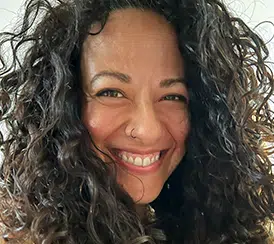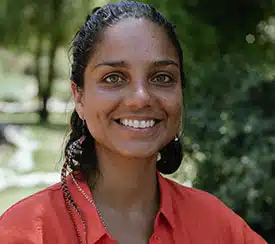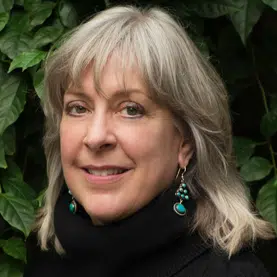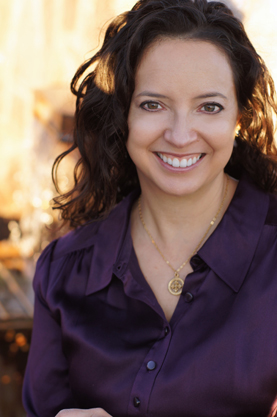
In the West, we no longer remember how to die with grace and dignity. We shuttle the dying off to hospitals where extraordinary measures are taken to prolong life. Families do not know how to come to closure with the passing of a loved one. Many people die in fear, with unresolved issues, not having said “I love you” and “I forgive you,” words that would be so healing for them and their families. We have tried to make death invisible, thinking that if we ignore it long enough, it will go away.
In Western culture there are not many maps for after we die; most of which have been drawn from near-death experiences. The shamans of Tibet and the Americas, however, have mapped the landscape beyond death in great detail.
Death is the ultimate journey of liberation. When neural activity ceases and the brain shuts down an extraordinary phenomenon occurs, a portal opens between dimensions, enabling the dying person to enter into the world of Spirit.
When a person has unfinished business in this world, they are unable to step easily through this portal, so it is important that we complete our unfinished business and be prepared to enter infinity. We need to take the steps to journey home as cleanly as possible. The great death rites practiced by the shamanic traditions provide specific steps to bring reconciliation and healing both to the loved ones and to the person dying.
“Dying consciously” – maintaining consciousness intact through the journey of death and beyond – is designed for all persons involved in the dying process: The individual, family members, and friends. Its purpose is to assist the person who is making the journey beyond death to do so in a peaceful manner, full of light.
We can help our loved ones start their Great Journey by giving them the opportunity to tell their story, a step in the death rites known as recapitulation (life review) and forgiveness. All we need to do is be an empathetic listener and encourage them to forgive themselves as they would forgive others, compassionately and without judgment.
Regardless of where we were born, everyone has a skeleton with the same number of bones. Likewise, we all share the same luminous anatomy, which includes the chakras and the acupuncture meridians. Cleansing the dying person’s chakras helps to set their energetic body free by removing toxic energy accumulated throughout a lifetime as a result of trauma.
Another important step in the Death Rites is giving a person permission to die. Many people need to know that there is no reason to worry about the ones who stay behind. Those who do not feel free to leave their loved ones can linger needlessly for months.
Shamans believe the doorway between the dimensions closes forty hours after death, so it is important to perform the rites of the great spiral as soon as possible. This helps the chakras release the luminous threads that once connected the energetic body to events from the past.
Following the great spiral, the luminous body will be drawn to exit through any one of the seven chakras. A tremendous surge of energy is felt as the Luminous Energy Field becomes free of the body.
The final step in the death rites is sealing the chakras by making the sign of a cross over each energy center with the thumb. This keeps the luminous body from returning to a lifeless physical form. The sign of a cross – a symbol more ancient than Christianity – represents the sealing of a doorway into a physical body that will never be used again. In the Christian traditions one finds a similar practice associated with the last rites, except that the meaning of these rites has largely been forgotten.
Additional information on the Death Process can be found in my book, Shaman, Healer, Sage.







